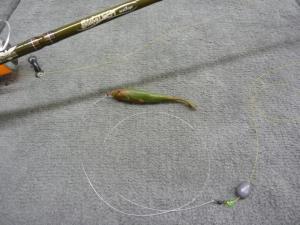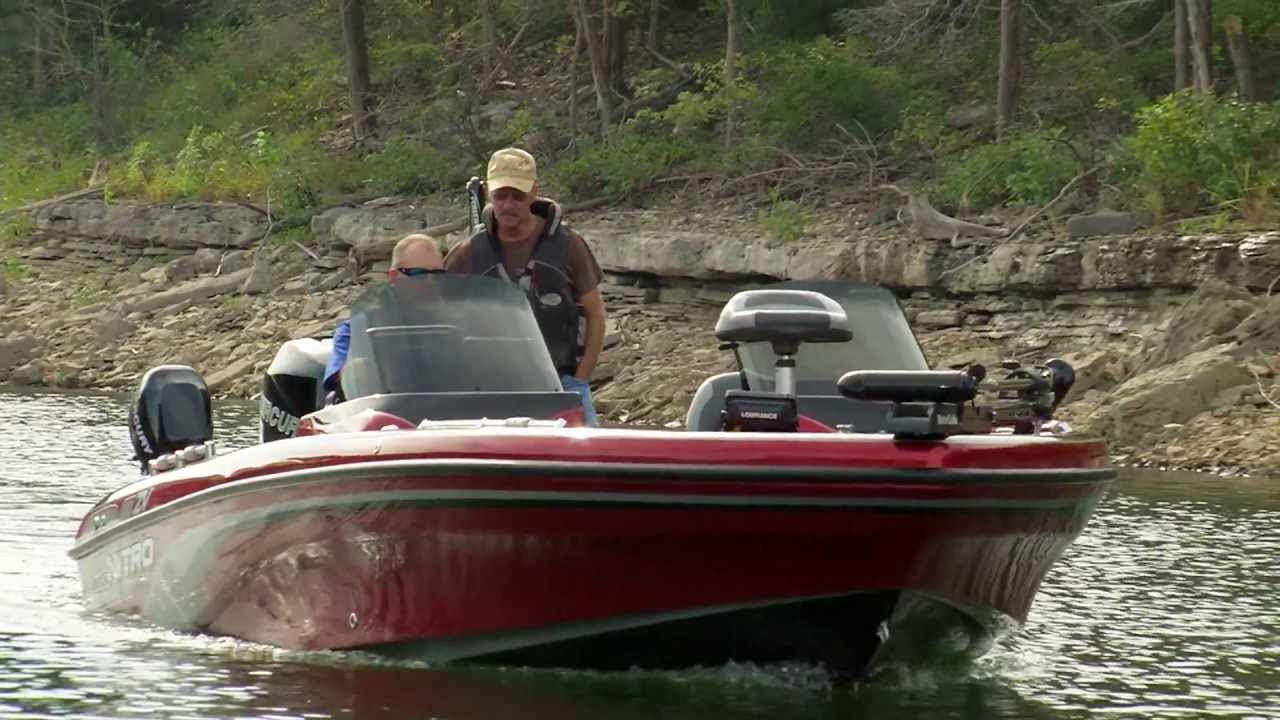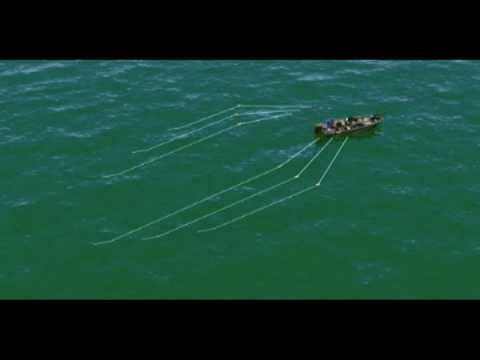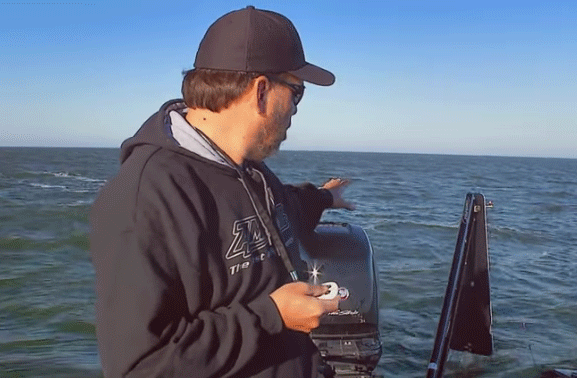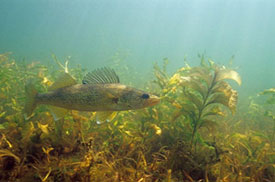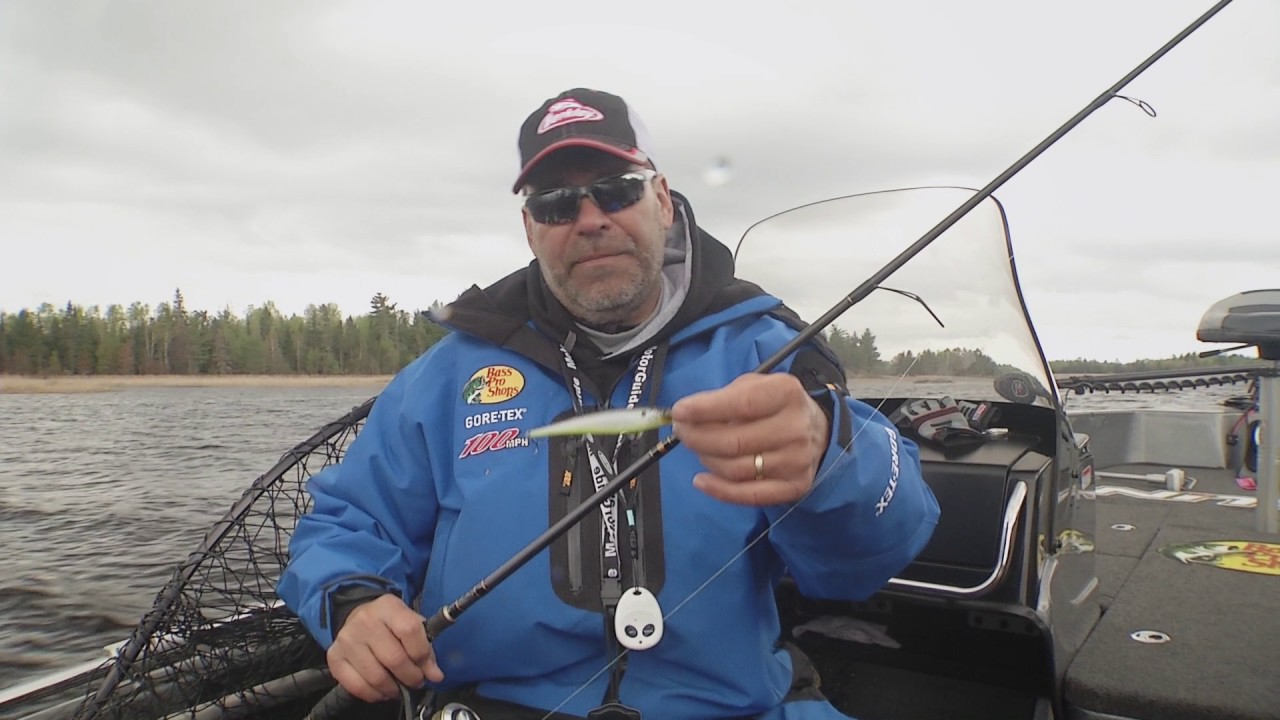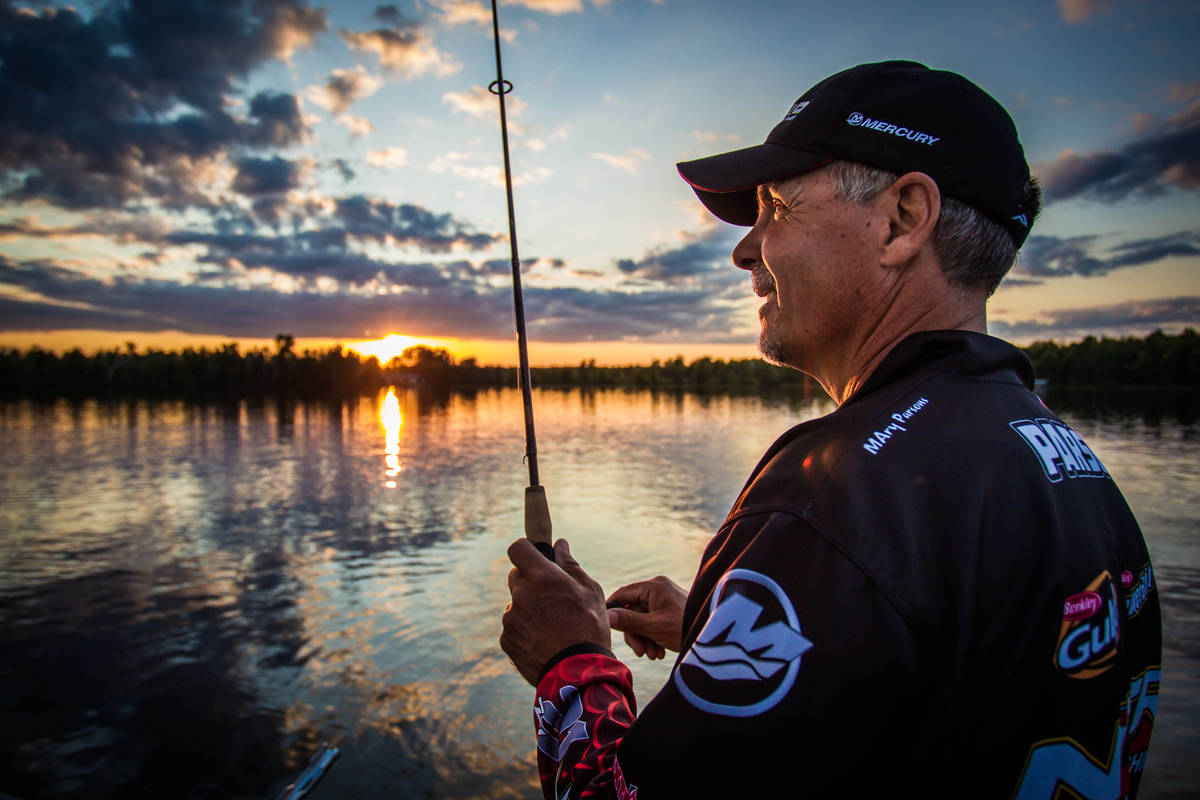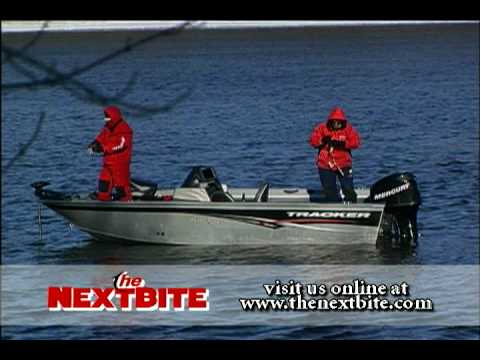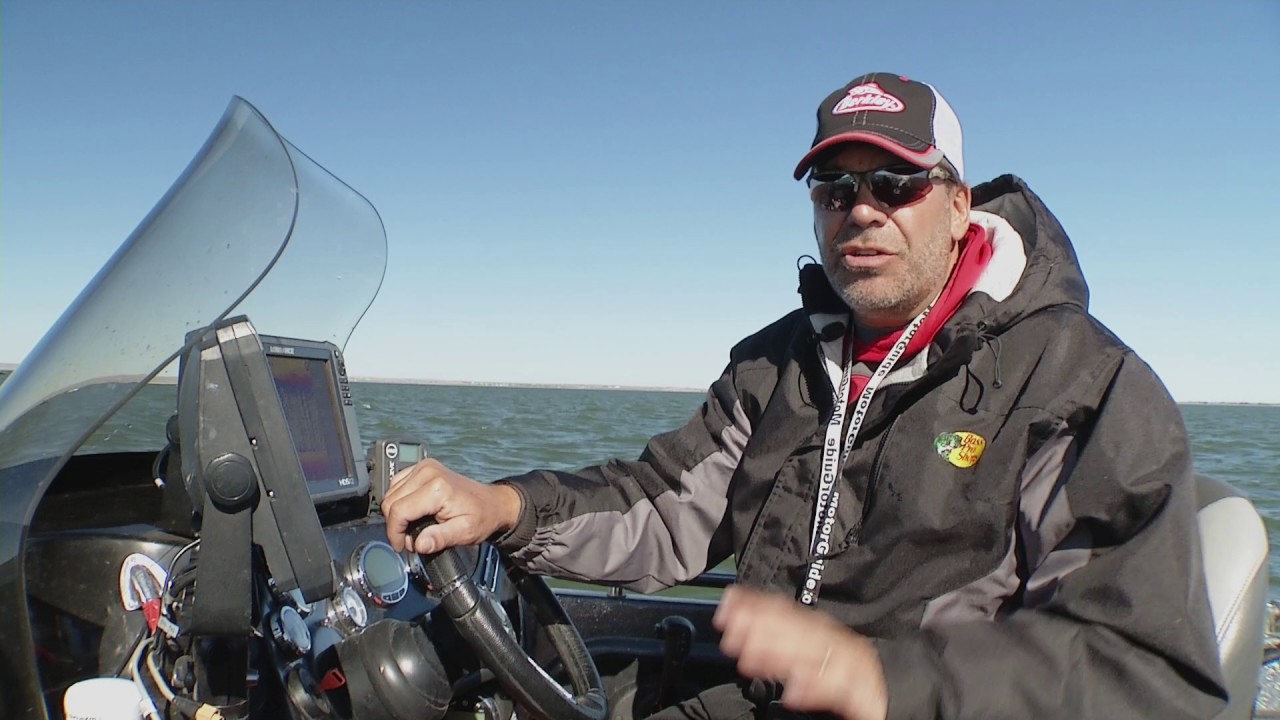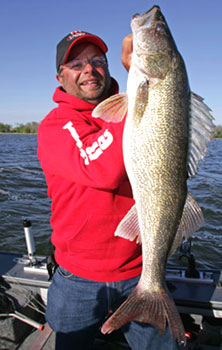 Trolling is a great way to put baits in the strike zone whenever you’re targeting walleyes that are scattered in open water. It’s also tailor-made for running lures along specific depths on structure, and along the edges of weedlines
Trolling is a great way to put baits in the strike zone whenever you’re targeting walleyes that are scattered in open water. It’s also tailor-made for running lures along specific depths on structure, and along the edges of weedlines
Total Solutions Technique
I mark fish, forage, structure and cover on sonar, then plug waypoints and other position icons into my GPS, so I can make high-percentage trolling passes that put the baits where the fish are. I use planer boards to spread out my lines, and to get the baits away from the boat. The clearer the water, the farther the boards are out—up to 200 feet. With three rods on one side of the boat, I’ll often set the boards out 100, 150 and 200 feet. Crankbaits and spinner rigs are both great trolling presentations. I adjust my 9.9-horsepower kicker, tweaking trolling speeds until the fish tell me what they want.
Total Solutions Equipment
For trolling, I use an 8½-foot “trigger-style” trolling rod. The medium-action graphite blank performs great when fighting fish, as well as when I bend it in half loading it up in the rod holder. This is key when you’ve got a planer board in the equation; if the rod’s not really loaded up, the fish could throw the hooks before you get the rod out of the holder.
I match the rod with an Abu Garcia 5500LC line-counter reel. The line-counting feature is critical for repeating the amount of letback from the lure to the weighting system or the board, and monitoring the distance you have the boards away from the boat. Plus, it has a solid 5.3:1 gear ratio, seamless Carbon Matrix drag system, and holds more than 200 yards of 12-pound-test Berkley Trilene XL line (Clear). I prefer XL because it has a little more stretch—which is great when a big walleye is surging against a board—and the thin diameter dives as deep as 10-pound Trilene XT.
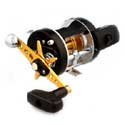 Abu Garcia® Ambassadeur® Line Counter Reel |
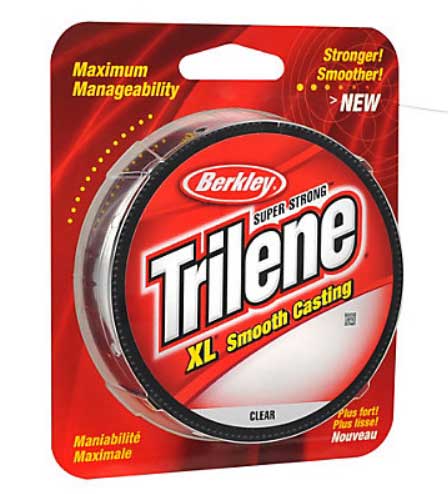 Berkley Trilene XL |
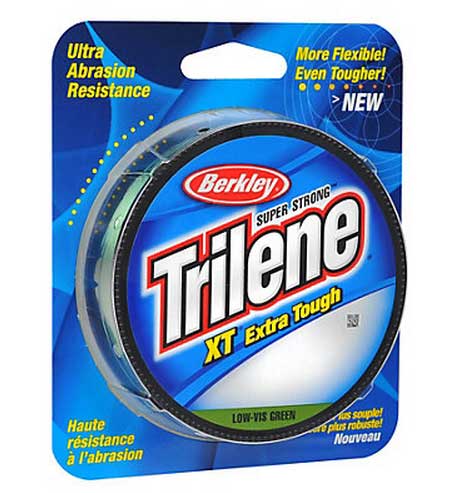 Berkley Trilene XT |

